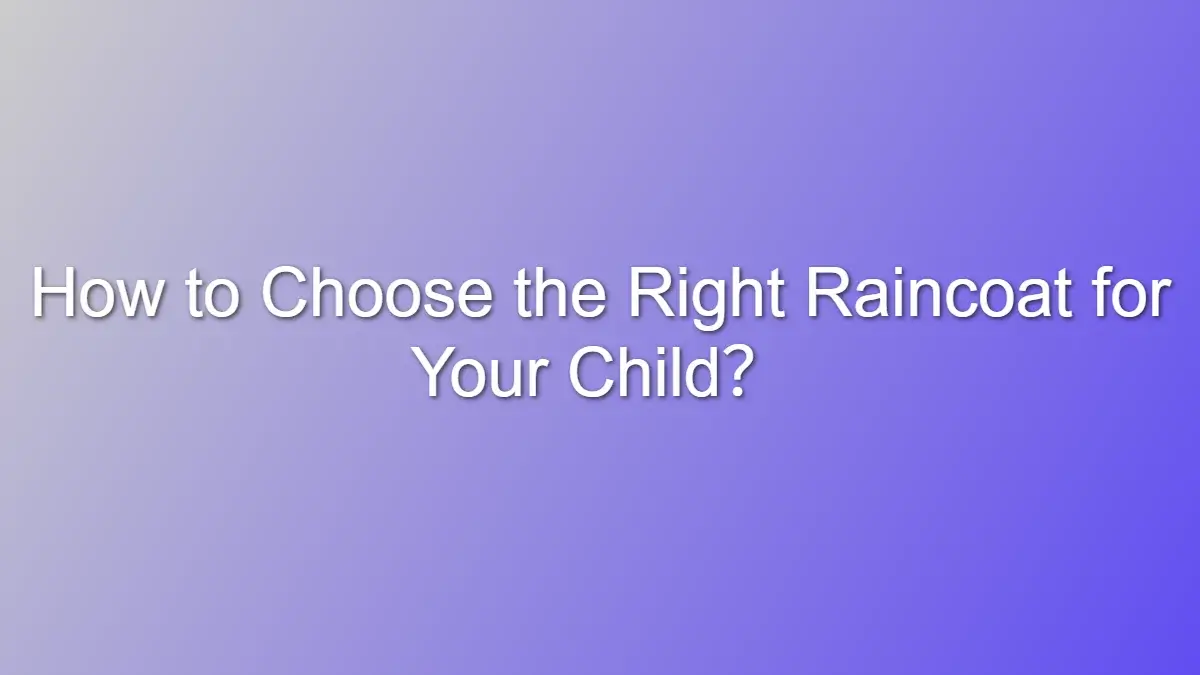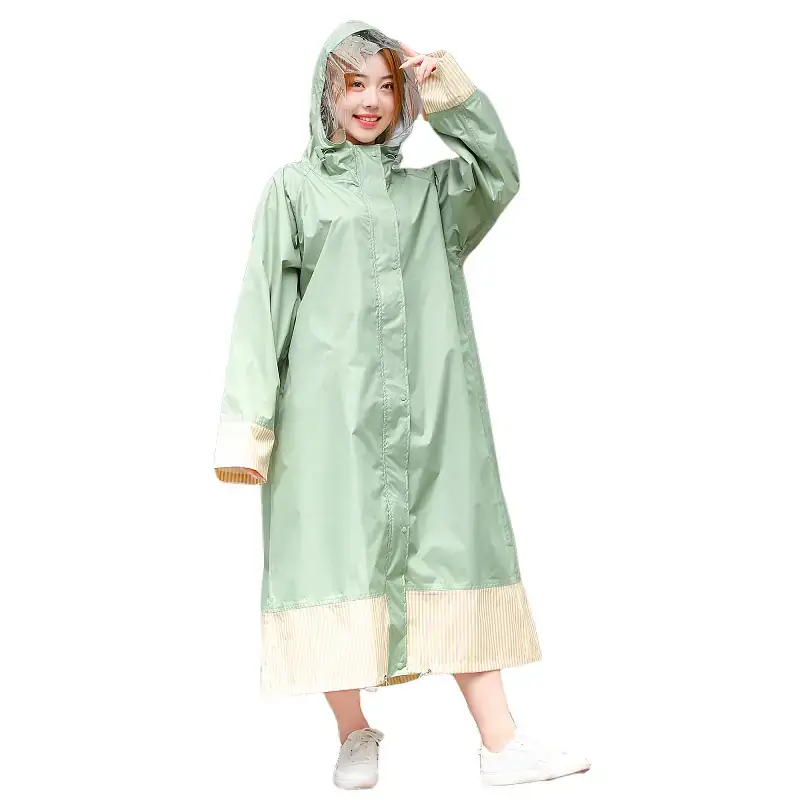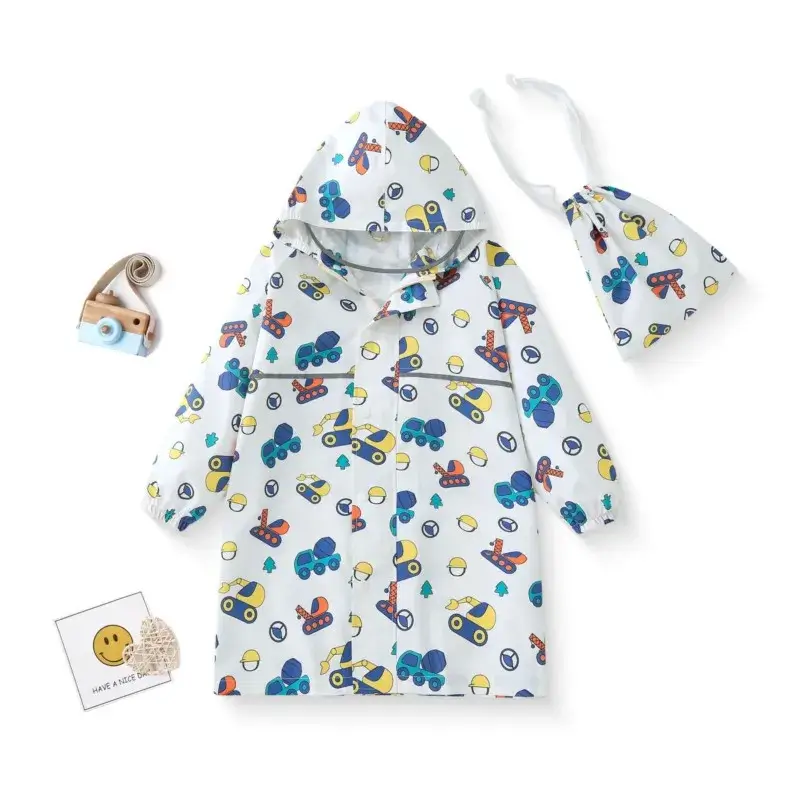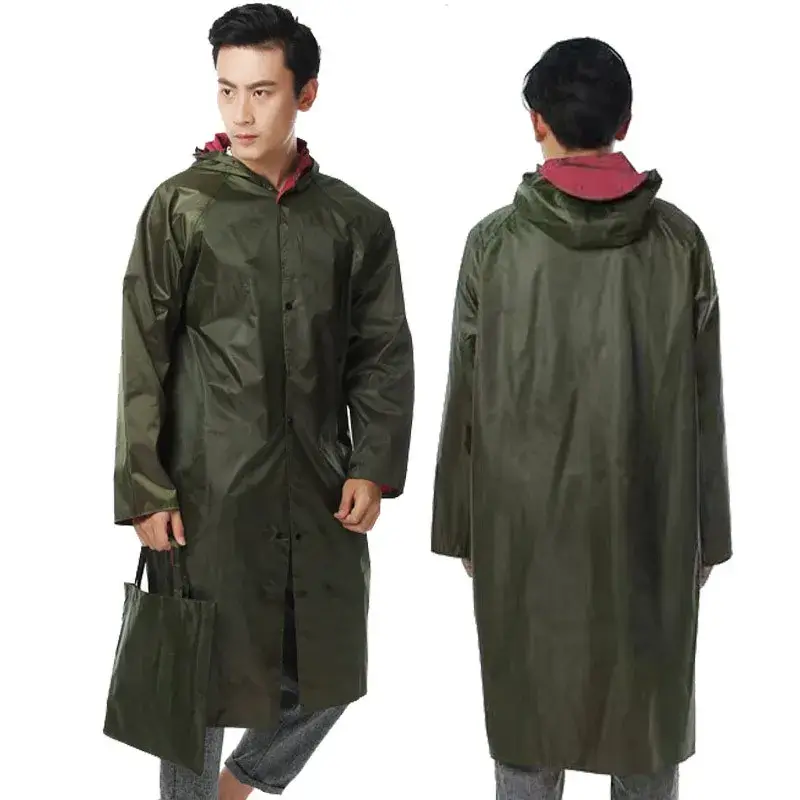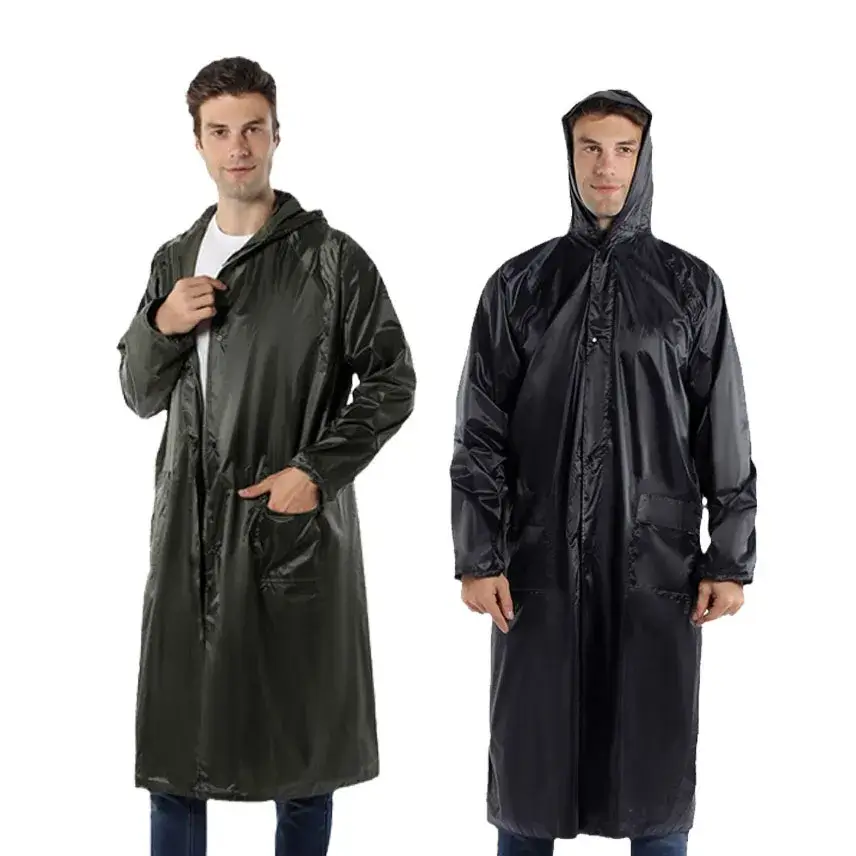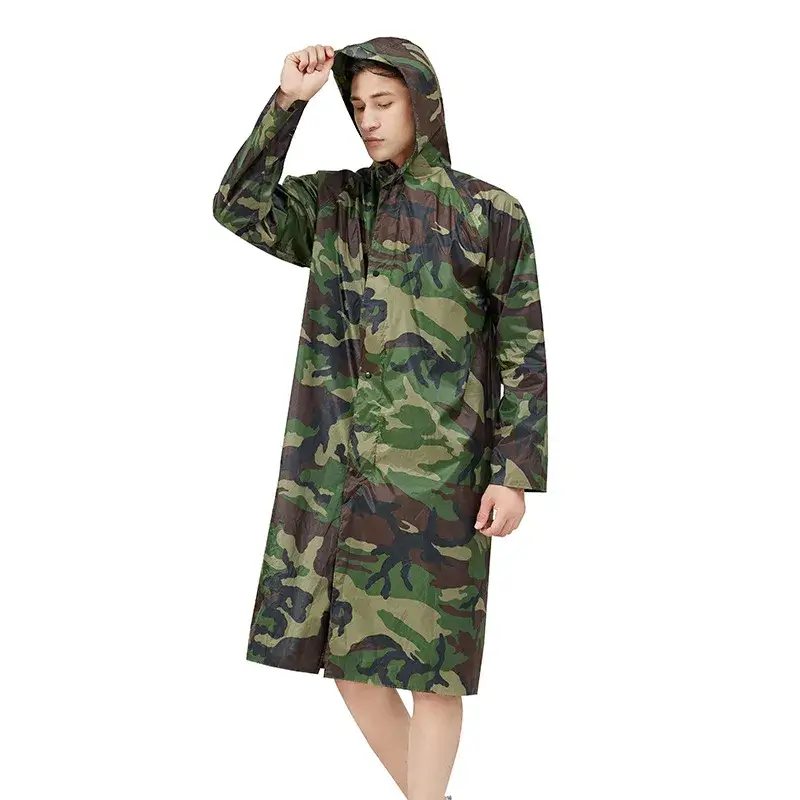Choosing the right raincoat for your child is essential not only for keeping them dry during rainy days but also for ensuring their comfort and safety. Here are key factors to consider when selecting a raincoat that suits your child’s needs.
Suitable Materials for Children’s Raincoats
- EVA (Ethylene Vinyl Acetate):
EVA is a soft, flexible material known for its excellent waterproof properties. It is non-toxic and typically has no unpleasant odors, making it a safe option for children’s raincoats. - Polyester:
Polyester raincoats are lightweight and easy to pack. They provide good waterproofing and breathability, which makes them ideal for everyday use, particularly in areas with high humidity. - Nylon:
Nylon is durable and resistant to wear and tear, making it suitable for active children. While not as breathable as EVA or polyester, nylon raincoats still offer excellent waterproof protection.
Impact of Raincoat Material on Comfort
The material of a raincoat significantly affects your child’s comfort level. For instance, EVA is usually soft and lightweight, allowing freedom of movement. Polyester offers a balance of breathability and waterproofing, preventing the child from feeling too hot or clammy during outdoor activities. In contrast, heavy materials may lead to discomfort, especially when children are playing outside. Therefore, selecting a raincoat with good breathability is crucial for ensuring comfort in wet weather.
Key Factors to Consider for Children’s Raincoats
- Safety Features:
Reflective strips are a vital safety feature in children’s raincoats, especially in low-light conditions. They enhance visibility and help keep your child safe while they are out in the rain. - Odor-Free Materials:
Opt for raincoats made from materials that are free of toxic odors. EVA and high-quality polyester often meet this requirement, ensuring a comfortable wearing experience for your child. - Backpack Compatibility:
If your child needs to carry a backpack, consider a raincoat designed with ample space for it. A good design will enable your child to wear their backpack comfortably without hindering their movement. - Proper Sizing:
Make sure to carefully measure your child to find the right size. A raincoat that is too large can pose a tripping hazard, while one that is too small will restrict movement.
Conclusion
Choosing the right raincoat for your child involves considering safety, comfort, and functionality. By selecting appropriate materials like EVA or polyester, looking for safety features such as reflective strips, ensuring the absence of unpleasant odors, and considering design aspects like backpack compatibility, parents can find a stylish and practical raincoat. These tips can help you make informed decisions when purchasing a raincoat to protect your child from the elements while ensuring they look great.

